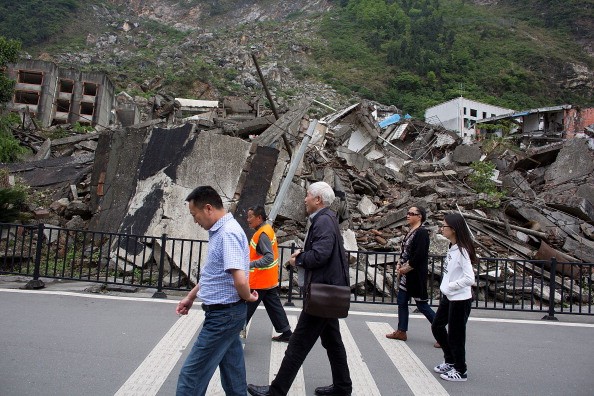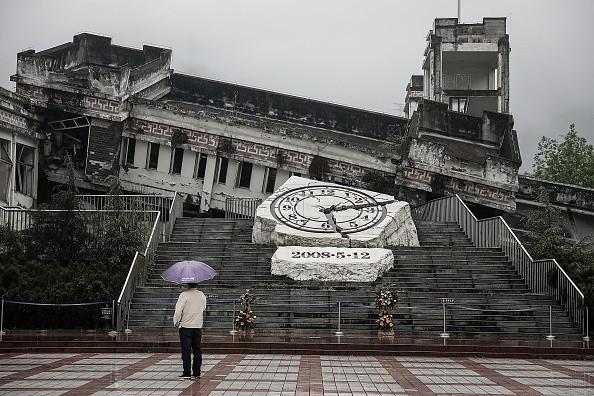On Saturday, the Yunnan provincial government said a 6.4-Magnitude Earthquake hit Yunnan province in southwestern China, killing three people and leaving 28 injured, late on Friday.

The Quake
According to data from China Earthquake Networks Center, the quake struck at a depth of 5 miles (8 km) and was accompanied by aftershocks. CCTV quoted officials as saying due to the collapse of some roads together with landslides some transportation lines had been cut, but telephones, electricity, and the internet were still working.
CCTV said there was a declaration of emergency and rescue teams was launched in Dali - a city of about 134,000 residents in Yunnan province approximately 15 miles (24 km) from the epicentre. China Earthquake Networks Center reported Qinghai province in western China was also hit by a 7.4-magnitude earthquake on Saturday. Authorities have not given reports on any casualties related to that quake.
Also Read: 20,000 Swarms of Earthquakes Could Cause Volcanic Eruptions in Iceland, Experts Say
Sichuan Earthquake of 2008
Sichuan earthquake of 2008, also referred to as Great Wenchuan Earthquake or Wenchuan earthquake, Chinese Wenchuan Da Dizhen or Wenchuan dizhen, was a great and enormous earthquake that was very destructive and it took place on May 12, 2008, in the hilly central region of Sichuan province in southwestern China.
The magnitude-7.9 quake epicenter - Chinese measured the quake as magnitude 8.0, happened close to the city of Dujiangyan, roughly 80 km (50 miles) west-northwest of Chengdu which is the provincial capital, at a depth of 19 km (11.8 miles) beneath the surface.
The quake was brought about by the crash of the Eurasian and Indian-Australian plates along the Longmenshan Fault that was 249-km long, a thrust fault in which the pressures generated by the Indian-Australian plate moving northward led to a shift in part of the Plateau of Tibet eastward.
Compressional forces that came about as a result of this shift divided the ground in two locations along the fault, thrusting the ground skywards by roughly 29 feet (around 9 metres) in some places. A lot of aftershocks took place in the days, months, and years that came after, both a magnitude-5.0 event that hit Chengdu in May 2010.

Effects of Sichuan Earthquake
The Longmenshan Fault runs southwest to northeast through the eastern side of the Longmen Shan (Longmen Mountains) and divides the Plateau of Tibet from the leveled Sichuan Basin.
The May 2008 quake leveled some four-fifths of the constructions in the area that was affected. The quake destroyed entire towns and villages in the mountains and left many schools demolished.
Close to 90,000 people were recorded dead or missing and assumed dead in the last official Chinese government assessment; the total number of the people killed that were officially reported included over 5,300 children, most of them were students attending classes. In addition, almost 375,000 people were left injured by building collapses and falling debris.
For more news, updates about earthquakes and similar topics don't forget to follow Nature World News!
© 2025 NatureWorldNews.com All rights reserved. Do not reproduce without permission.





